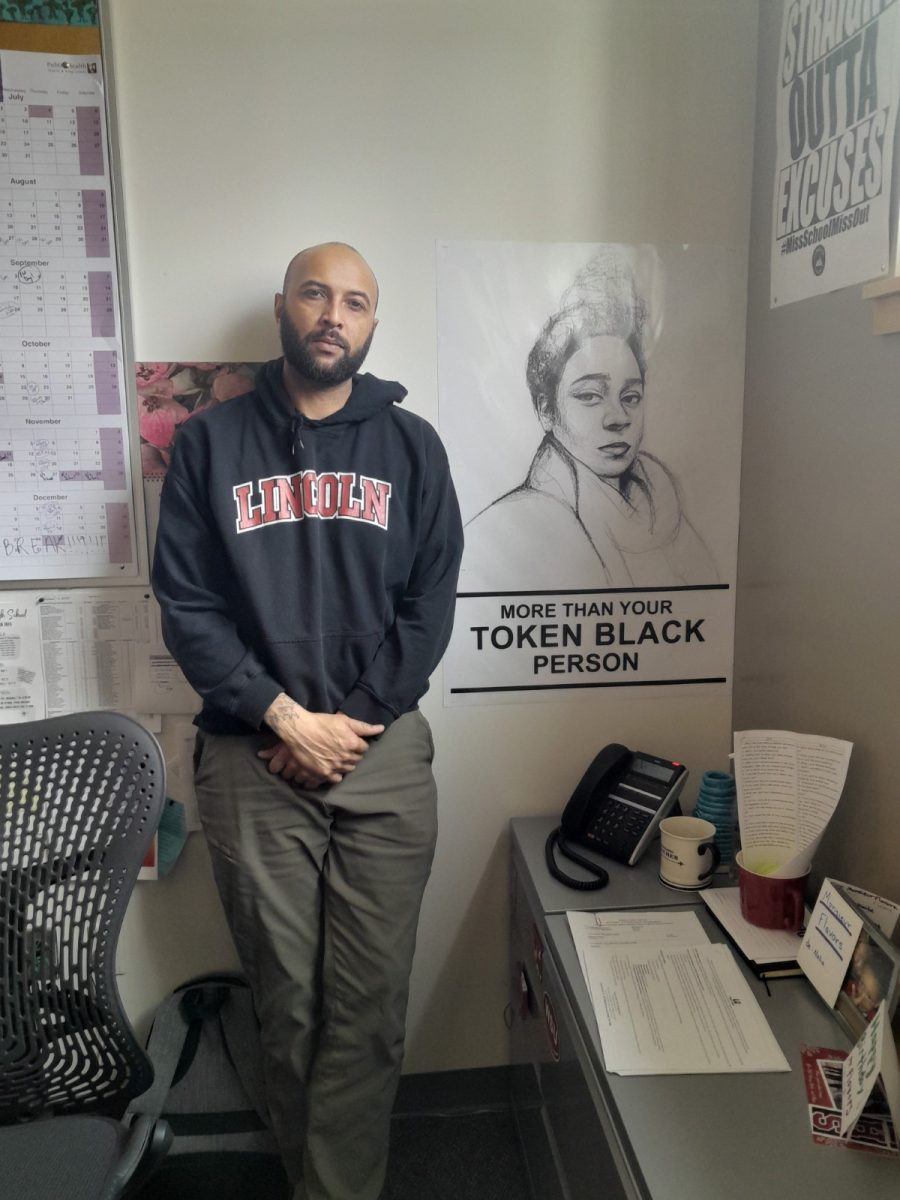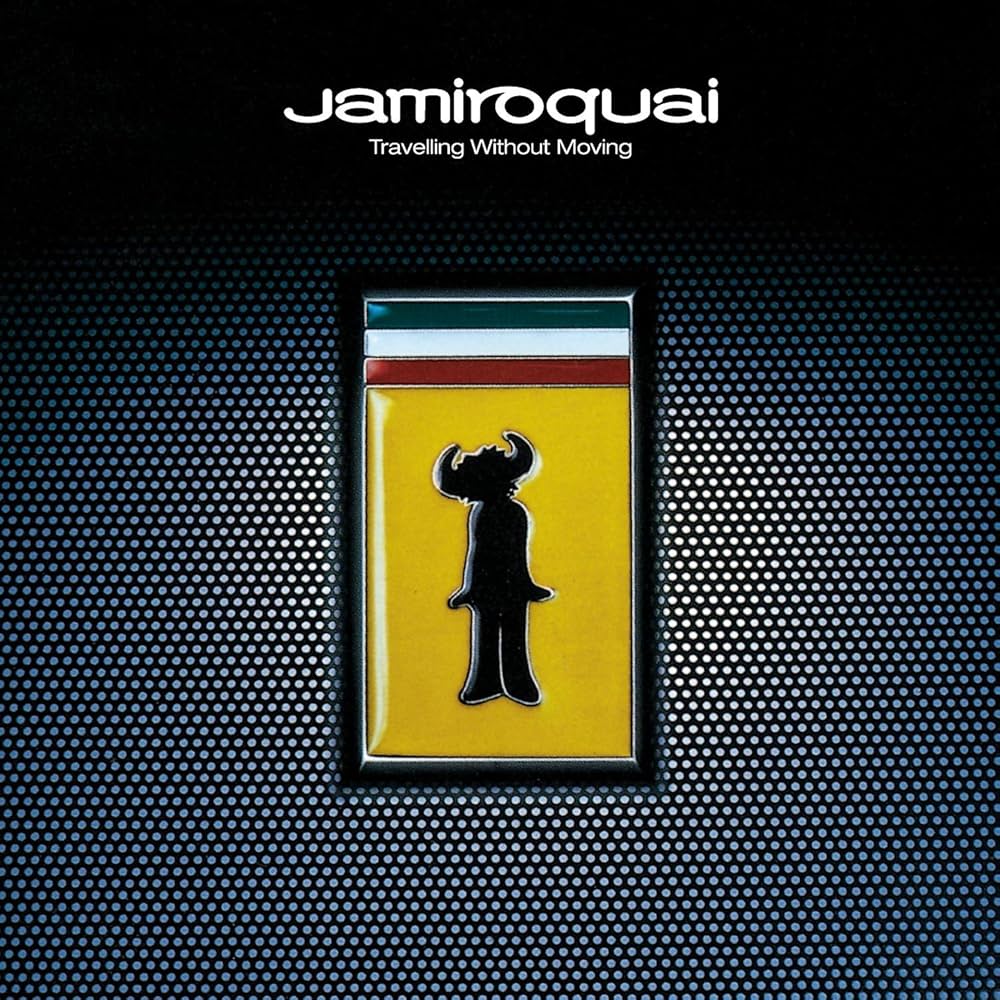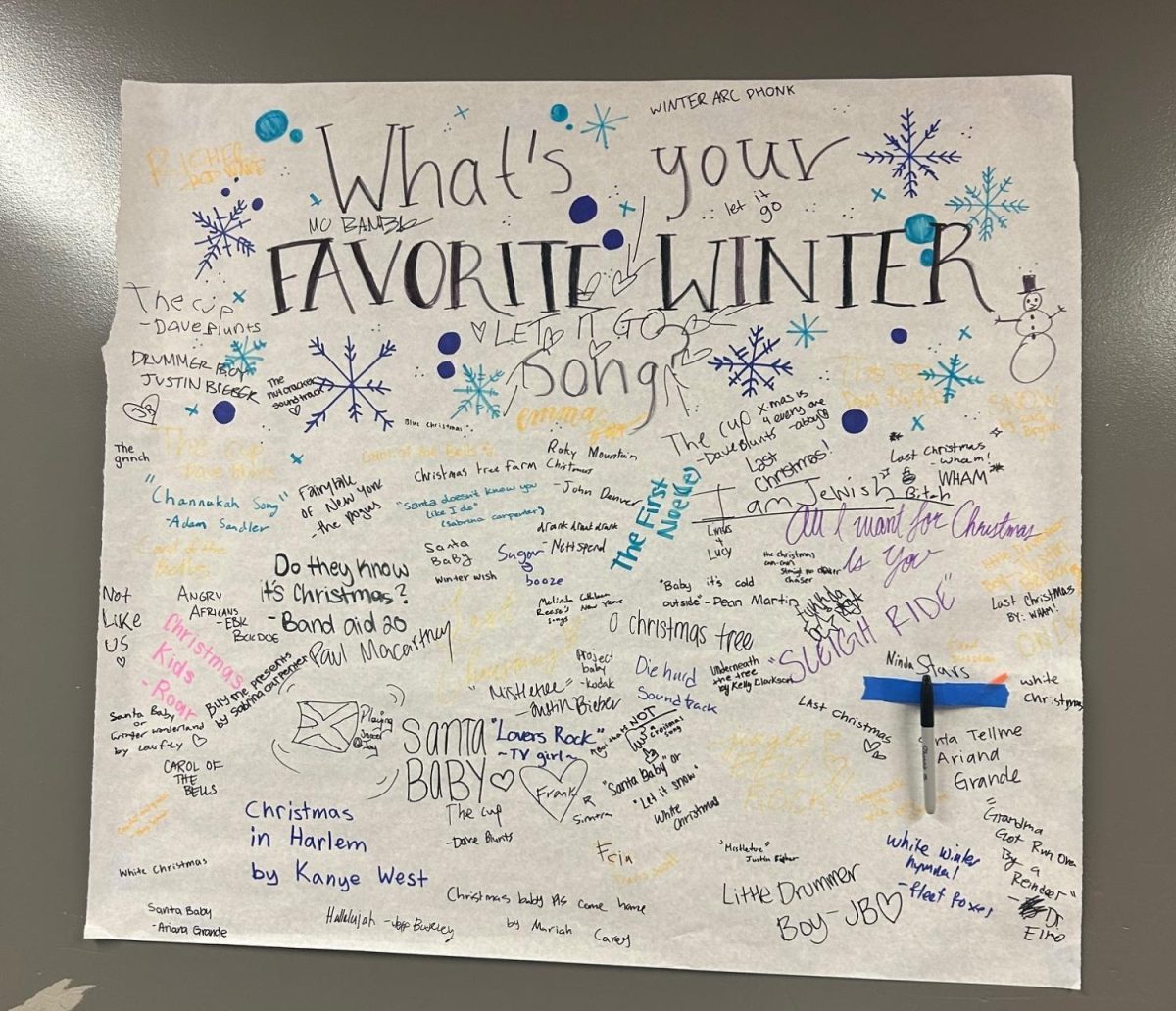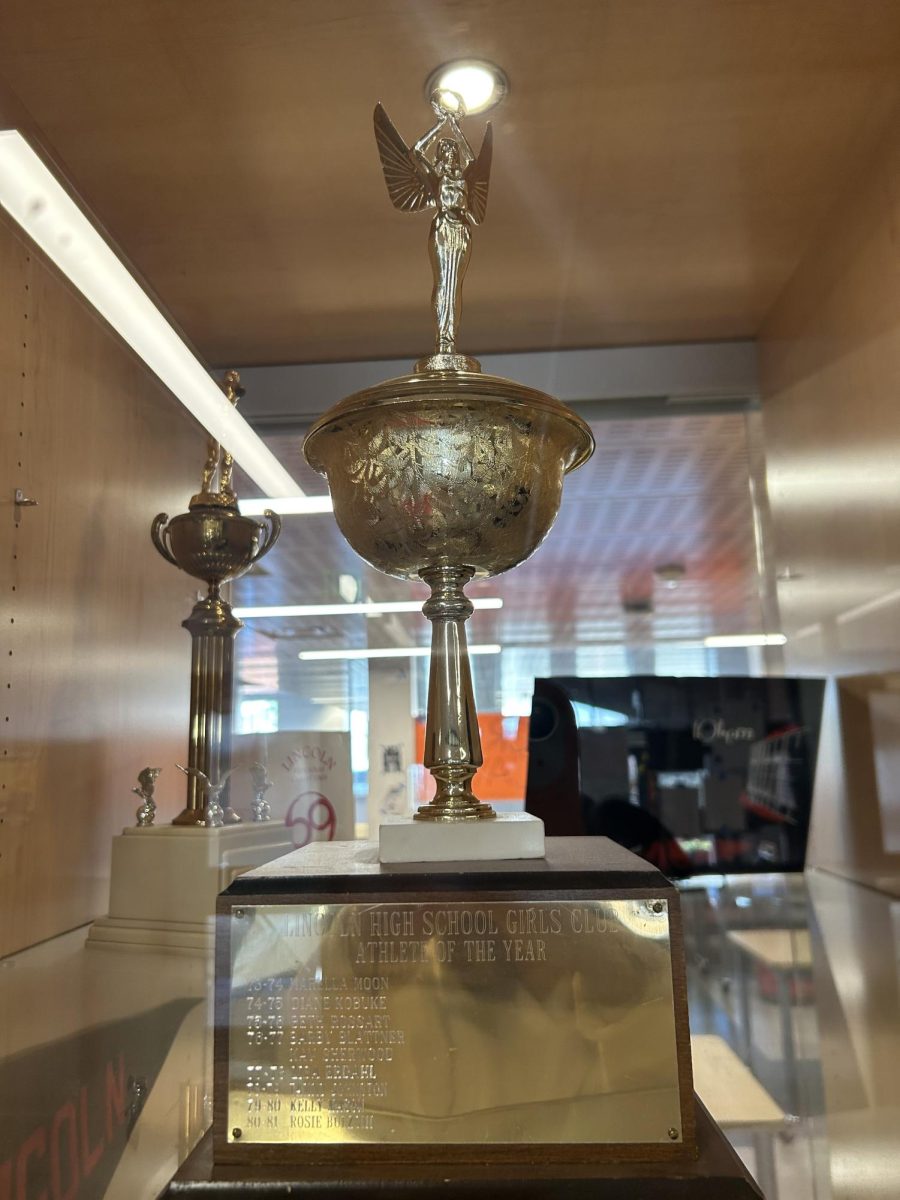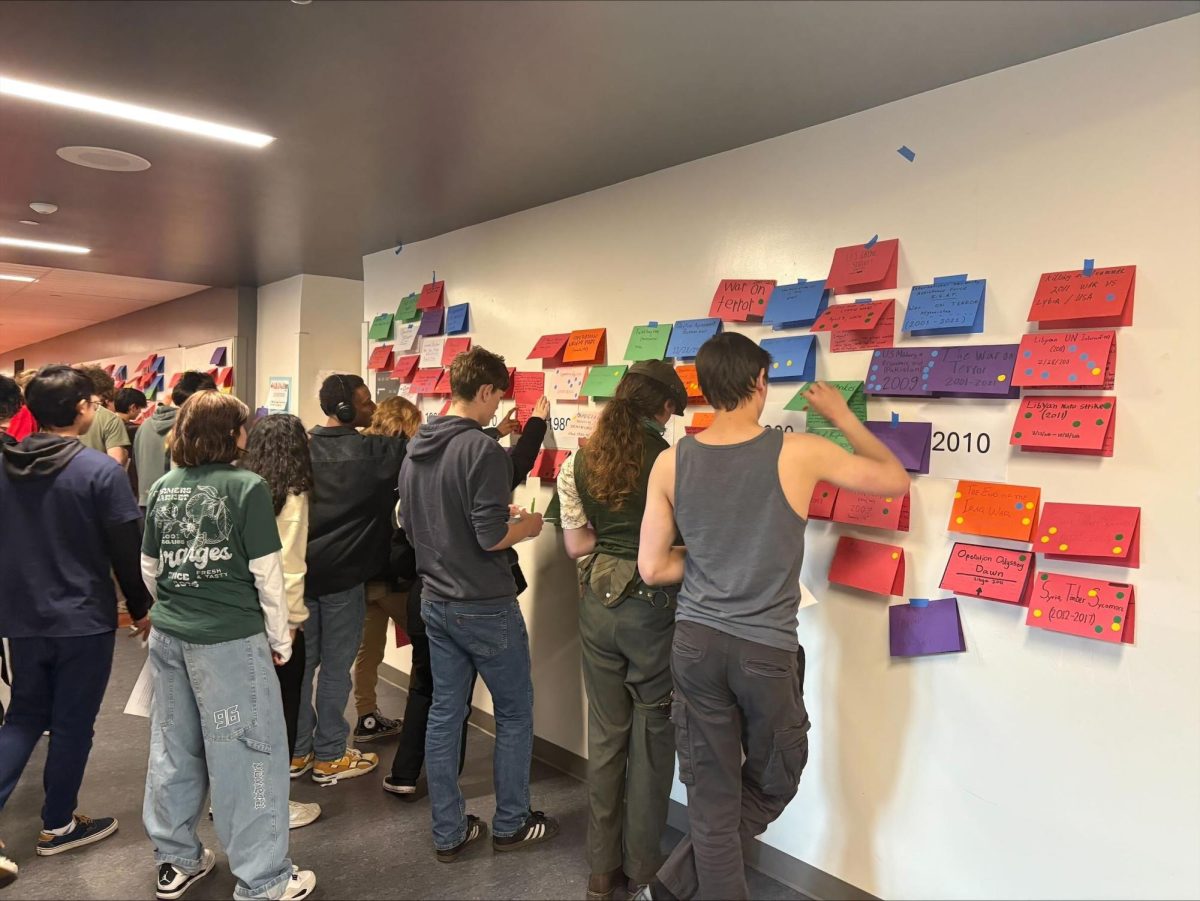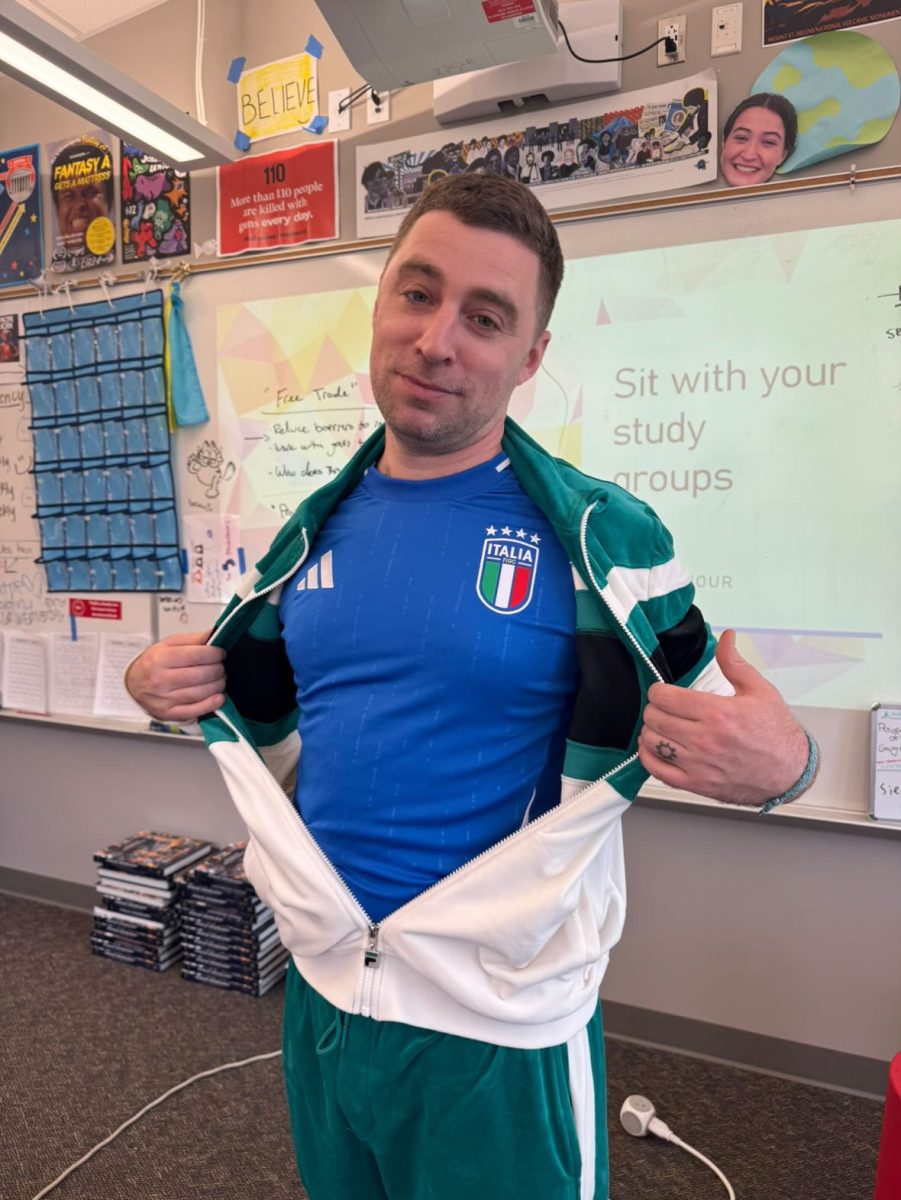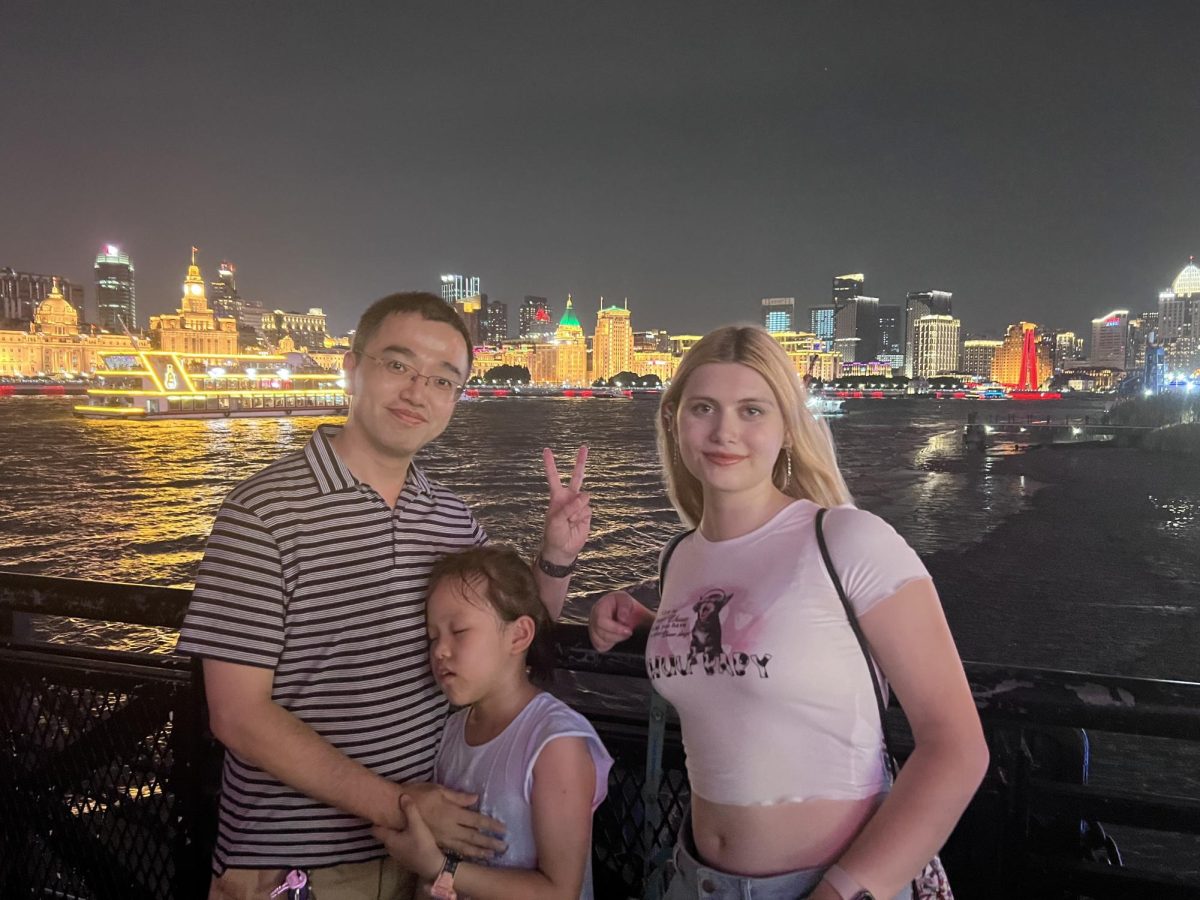Lost and Found Report 7: Instantaneousness and Invisibility
March 22, 2023

Item 1: Instant Hand Sanitizer
When I first read “Instant Hand Sanitizer” on the label of this bottle, my assumption was that the substance within was crafted after the model of instant oats, and would need to be stirred into boiling water to achieve the culminative stage of the classic breakfast staple. After some rumination, I have concluded that my original hypothesis was inaccurate: someone who has at hand the resources to boil water likely has running water, and with running water often comes soap, eliminating the need for hand sanitizer. The only explanation I can come up with for selling such a product nonetheless is that the kind people at Avant Original are misguidedly supposing that their consumer demographic is nostalgic for the panic-buying frenzy of three years ago, and have chosen to pander thusly. I find this theory dubious, so this bottle of hand sanitizer remains an enigma to me.
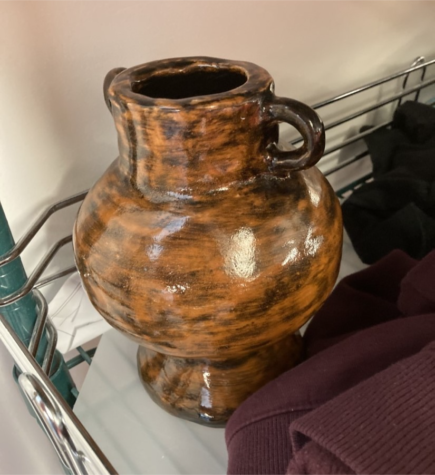
Item 2: Vase
Most likely a ceramics project (unless this forecasts that HydroFlasks and Nalgenes are soon to fall by the wayside to a clay drinking-jug revival), this vase is a prime example of the tug-of-war struggle between preservation and practicality. When shelving a fragile item such as this, caution must be exercised to keep the vase from careening off the platform and shattering on the unforgiving floor, but it must be placed such that it is visible to bystanders– for to a lost vase, what is a passerby but a potential reclaimant? This vase has been granted security through its position in the back, insulated by hoodies. However, it will not be located by anything less than a search with a metaphorical fine-toothed comb.
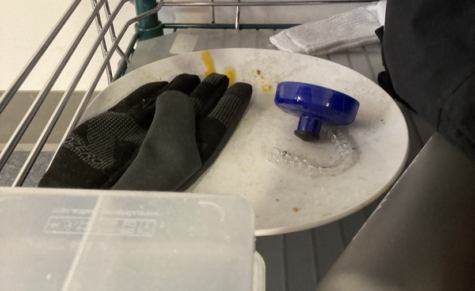
Item 3: Dirty Plate, Now with Glove, Lid, and Retainer
It is an unexpected development indeed that this plate, a veteran resident of the Lost and Found, has become an avant-garde art installation; a blank canvas, despite the remarkably persistent stain. This particular arrangement makes a powerful statement about the inherent redundancy of orthodontia, as well as commentary on the heat death of the universe (conveyed through the lid’s resemblance to a spinning top drained of its kinetic energy). The glove is folded as though being raised for a swearing-in ceremony, illustrating almost too succinctly the degradation of the modern court system, whose remaining dignity is implied to be rapidly approaching the word inscribed on the palm: zero. This sort of artistic expression is a sort that comes with risk of your work falling into oblivion. Though I assume most items in the Lost and Found are, at this point, discarded purposefully by people trying to get into this report, I find it conceivable that some of these items may have come from people who would like to retrieve their former belongings. In short, there may be “belonging longing,” and this bold, subversive work may in time be partially or entirely disassembled. However, the teetering ephemerality cloaks the piece in a layer of intimacy: this mystery artist is not trying to be remembered forever. Their only goal is to be remembered by you.




